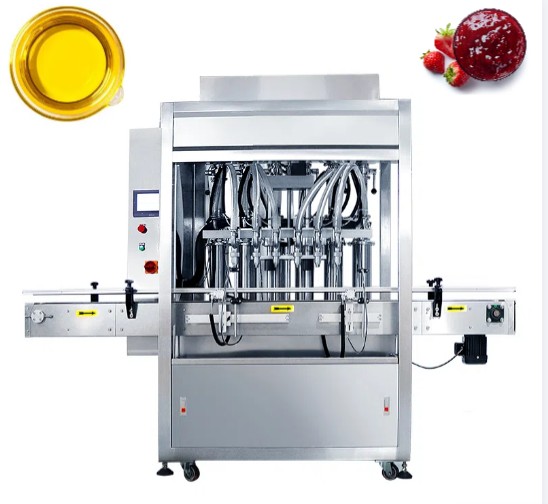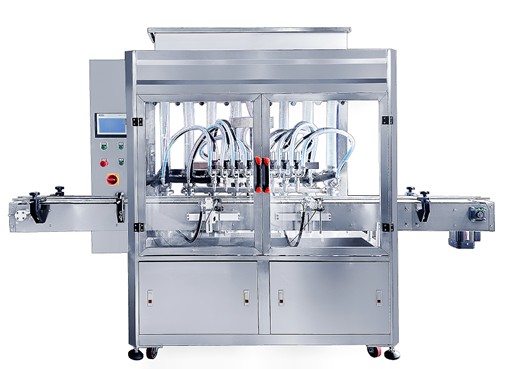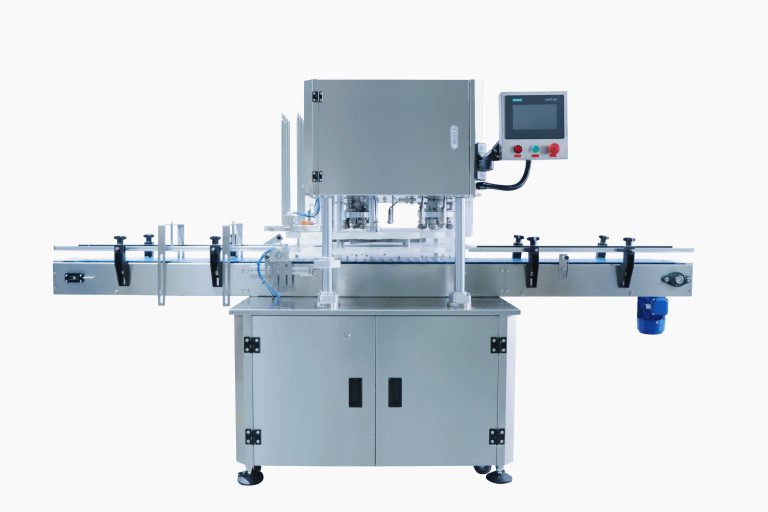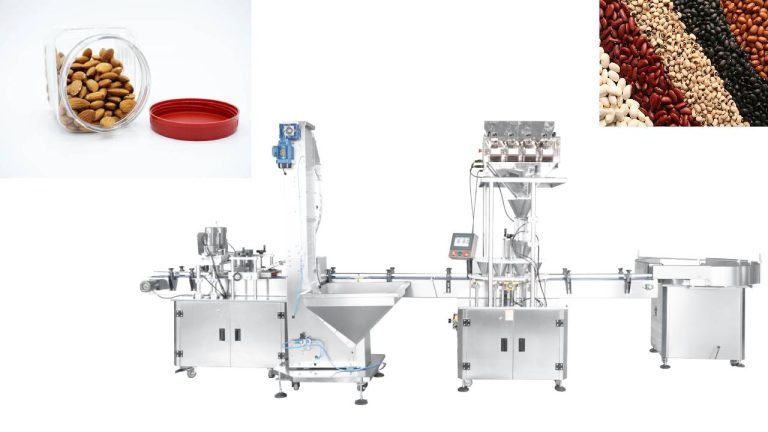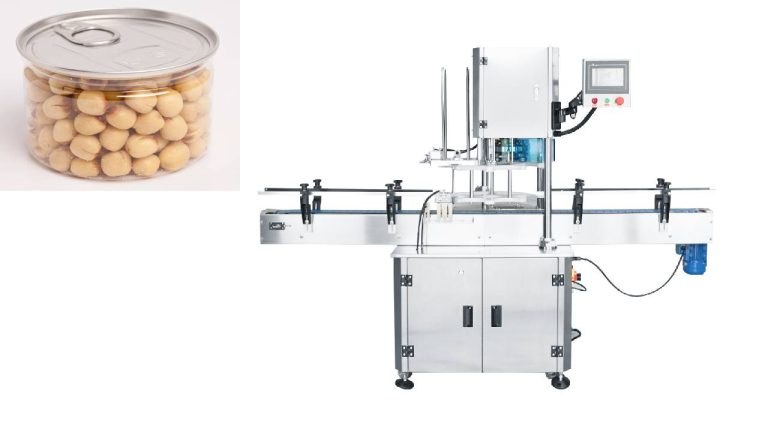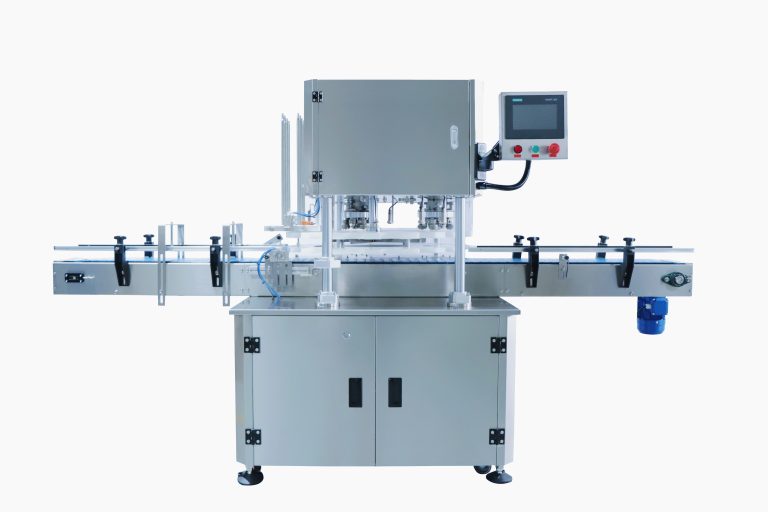In the dynamic field of labeling technology, innovations in Automatic Single Side Labeling are constantly shaping the way products are presented and identified in the market. Let’s delve into some of these exciting advancements and explore their practical insights and applications.
One significant innovation is the integration of artificial intelligence and machine learning algorithms. These technologies enable the Automatic Single Side Labeling machine to adapt and optimize its labeling process based on real-time data and patterns. It can automatically adjust parameters such as label placement, pressure, and speed to ensure the highest quality labeling for different product types and surfaces.
Another notable development is the use of advanced materials for labels. New label materials offer enhanced durability, adhesion, and printability, allowing for clearer and more resilient labels. This not only improves the appearance of the labeled products but also ensures that the labels remain intact even in challenging environments.
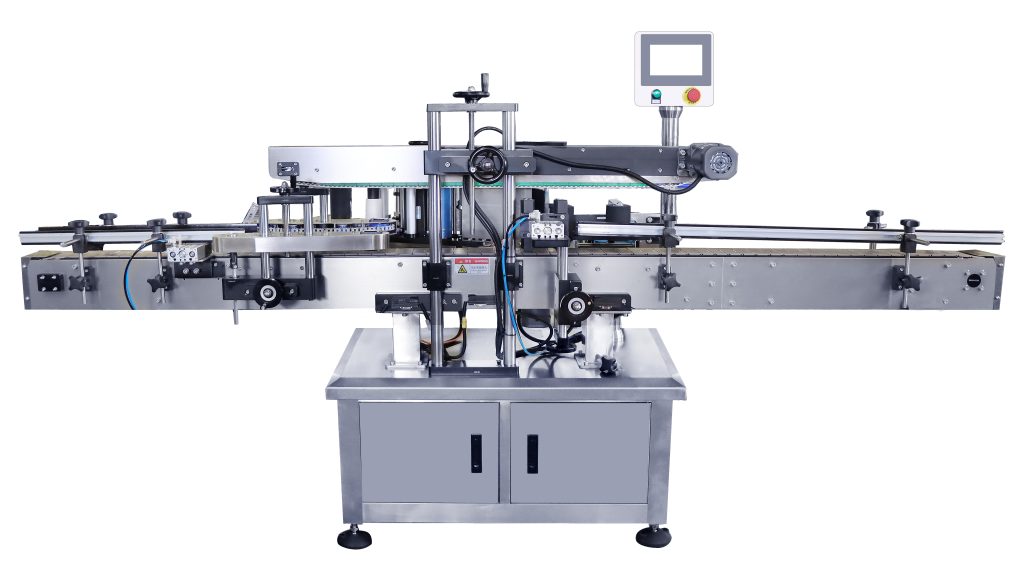
The incorporation of vision systems has also revolutionized the labeling process. These systems use high-resolution cameras and image processing software to inspect labels for accuracy and quality immediately after application. Any defects or misalignments can be detected and corrected promptly, reducing waste and ensuring consistent product presentation.
In terms of applications, these innovations have wide-ranging benefits across various industries. In the food and beverage sector, precise and consistent labeling is crucial for meeting regulatory requirements and providing consumers with accurate information. The improved labeling technology ensures that expiration dates, ingredient lists, and nutritional facts are clearly and accurately displayed.
In the pharmaceutical industry, where accuracy and traceability are paramount, the innovations in Automatic Single Side Labeling help ensure that medication bottles and packages are labeled correctly, minimizing the risk of errors and enhancing patient safety.
The cosmetics and personal care industries also benefit from these advancements, as they can showcase their products with aesthetically pleasing and precisely applied labels, enhancing brand image and consumer appeal.
In conclusion, the innovations in Automatic Single Side Labeling offer valuable insights into improving productivity, quality, and customization. Their diverse applications across industries demonstrate the significant impact they have on enhancing the labeling process and meeting the evolving demands of the market.

